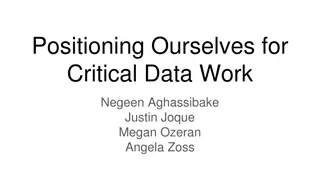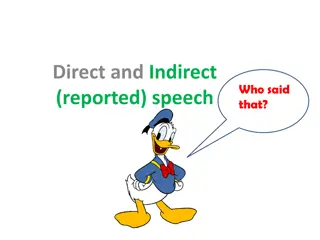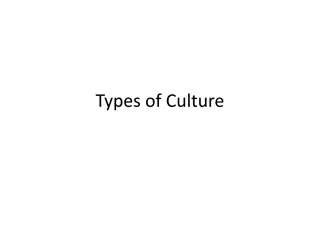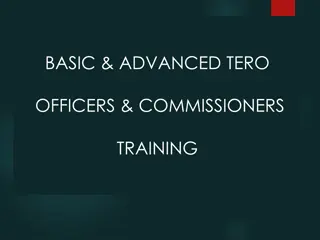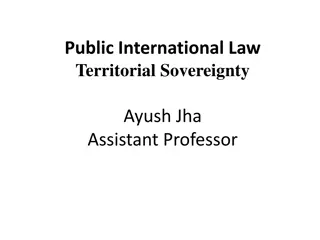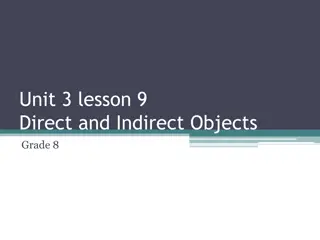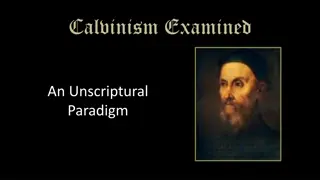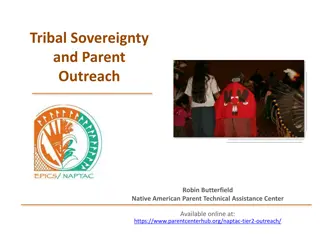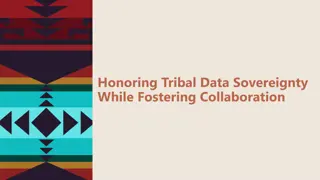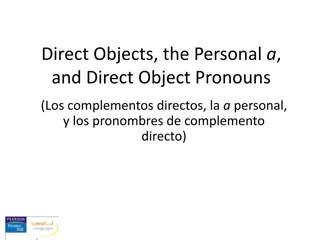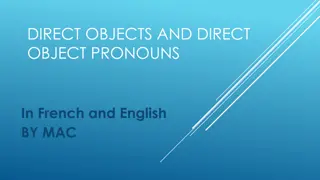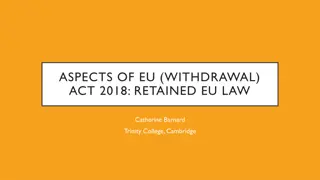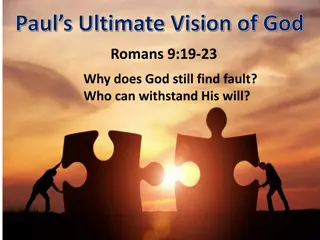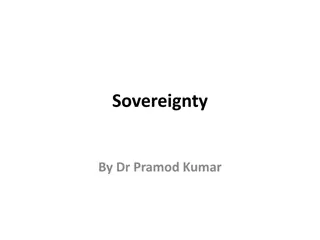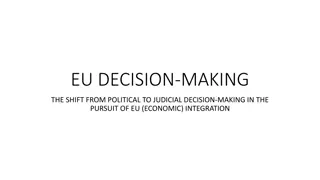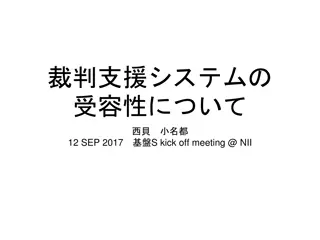Understanding Popular Sovereignty and Direct Legislation in California
Sovereignty refers to the supreme political authority of an independent state, with California maintaining sovereignty within the U.S. Dual sovereignty exists in the U.S., with the people being sovereign in California. The state's constitution distinguishes between the people's ultimate power and the electorate's legislative powers, showcasing a unique integration of direct democracy with representative government.
Download Presentation

Please find below an Image/Link to download the presentation.
The content on the website is provided AS IS for your information and personal use only. It may not be sold, licensed, or shared on other websites without obtaining consent from the author. Download presentation by click this link. If you encounter any issues during the download, it is possible that the publisher has removed the file from their server.
E N D
Presentation Transcript
2018 KOREA CONFERENCE Popular sovereignty and direct legislation in California David A. Carrillo
OVERVIEW Popular sovereignty in general. What it means in the US and in California. Distinguish between people (popular sovereignty) and electorate (direct democracy). Compare the people s and electorate s powers. California s republican government successfully integrates direct democracy with representatives in a popular sovereignty system.
WHAT IS SOVEREIGNTY? Sovereignty is the state itself, the power of [s]upreme dominion, authority, or rule, and it describes the supreme political authority of an independent state. It is the ultimate power to rule. Can exist in levels: one sovereign can be superior to another inferior sovereign that in turn can rule over those below it. Sovereignty can also be shared, or divided, so that two actors must combine their powers to act as the sovereign.
TWO SOVEREIGNS United States has two separate sovereigns. The people are not sovereign: states and federal government are. Under the U.S. Constitution the states retain a residuary and inviolable sovereignty, so that both the federal government and the states wield sovereign powers, which is why our system of government is said to be one of dual sovereignty.
CALIFORNIA California, while being one of the United States, still remains a sovereign state. Sovereignty is the supreme political power that governs the society that constitutes the state. Within the state of California the people are sovereign. California constitution article 2, section 2: All political power is inherent in the people. Government is instituted for their protection, security, and benefit, and they have the right to alter or reform it when the public good may require.
PEOPLE AND ELECTORATE The California constitution distinguishes between two powers. The greater political power of the people, and the lesser legislative powers of the electorate. Only the people (not the electorate) are sovereign and may revise the state government. The people s power is their ability to collectively create or reform a government. This is the ultimate political power characteristic of the sovereign.
THE PEOPLE The people have the whole political power of the society. The people are the state electorate and the state legislature acting together. The people s power is their ability to create or reform a government, which is the political power. The people can remake the state government by either enacting a revised constitution or calling a convention to write a new constitution. The entire sovereignty of the people is represented in a convention. The people s organic power of formation or reformation lies in the convention or revision act : The character and extent of a constitution that may be framed by that body is freed from any limitations other than those contained in the constitution of the United States.
THE ELECTORATE The electorate holds only limited powers as compared with the people. The electorate is all California citizens who can vote. The post-1911 California constitution divides the state s legislative power between the electorate and the elected legislature. The electorate has four powers it can exercise alone: initiative statutes, initiative constitutional amendments, the referendum, and the recall.
EVOLUTION How California s direct democracy provisions evolved 1849 1911: No direct democracy 1911: Direct democracy is added to the state constitution Voters approved legislature s ballot proposals amending the constitution Direct democracy tools unchanged since then California has about 105 years of experience with direct democracy
ANALYSIS Just as within the United States sovereignty is divided in two, within California two actors are necessary to exercise the state s full political power. Acts of great significance that would change California s basic government plan require the people s full power: the legislature and electorate acting together. Ordinary legislative acts are within the power of either the legislature or the electorate acting alone.
EVOLUTION California s four direct democracy tools described Initiative constitutional amendment Initiative statute Referendum Recall
IN PRACTICE Initiative constitutional amendments make up just 12 percent of the total ballot measures amending the constitution since 1912. The great majority are legislatively-proposed. The people (legislature and electorate) have exercised their power to revise California s constitution. 1849 and 1878 conventions Four constitution revision commissions (1930, 1947, 1962, and 1993) Resulted in 15 revisions to the state constitution
EFFECTS Popular sovereignty keeps ultimate control where it belongs: with the people. Ultimate trust must be placed somewhere, and because government exists for their benefit, that burden should be on the people. Direct democracy is a mixed blessing: It increases participation and makes government more responsive. But it can also make government less efficient and effective. These are a net social good: Check the institutional branches of government. Encourage citizen participation in policy debates and governance. Permit ongoing adjustment of government people relationship.
MITIGATING HARM Designed structural checks are essential Judicial review (using a separation-of-powers analysis to account for the electorate s legislative powers). The future electorate s power to reverse past acts. These provide adequate safeguards But they do not eliminate the risk of aberrant acts. As with any branch of government, that risk is inherent.
CONCLUSION California has 105 years of experience with constitutional change by people and electorate. California s electorate may someday break the state, but to date that has not happened. Instead, while the electorate sometimes creates problems for itself, the electorate more commonly uses the initiative to solve major institutional problems. Further diffusing power by adding the electorate as a legislative branch in California better protects liberty.



